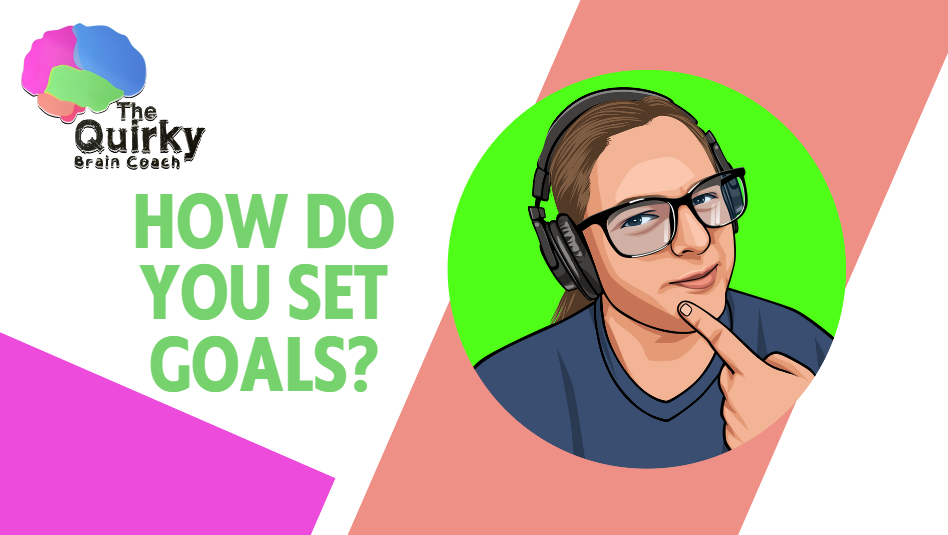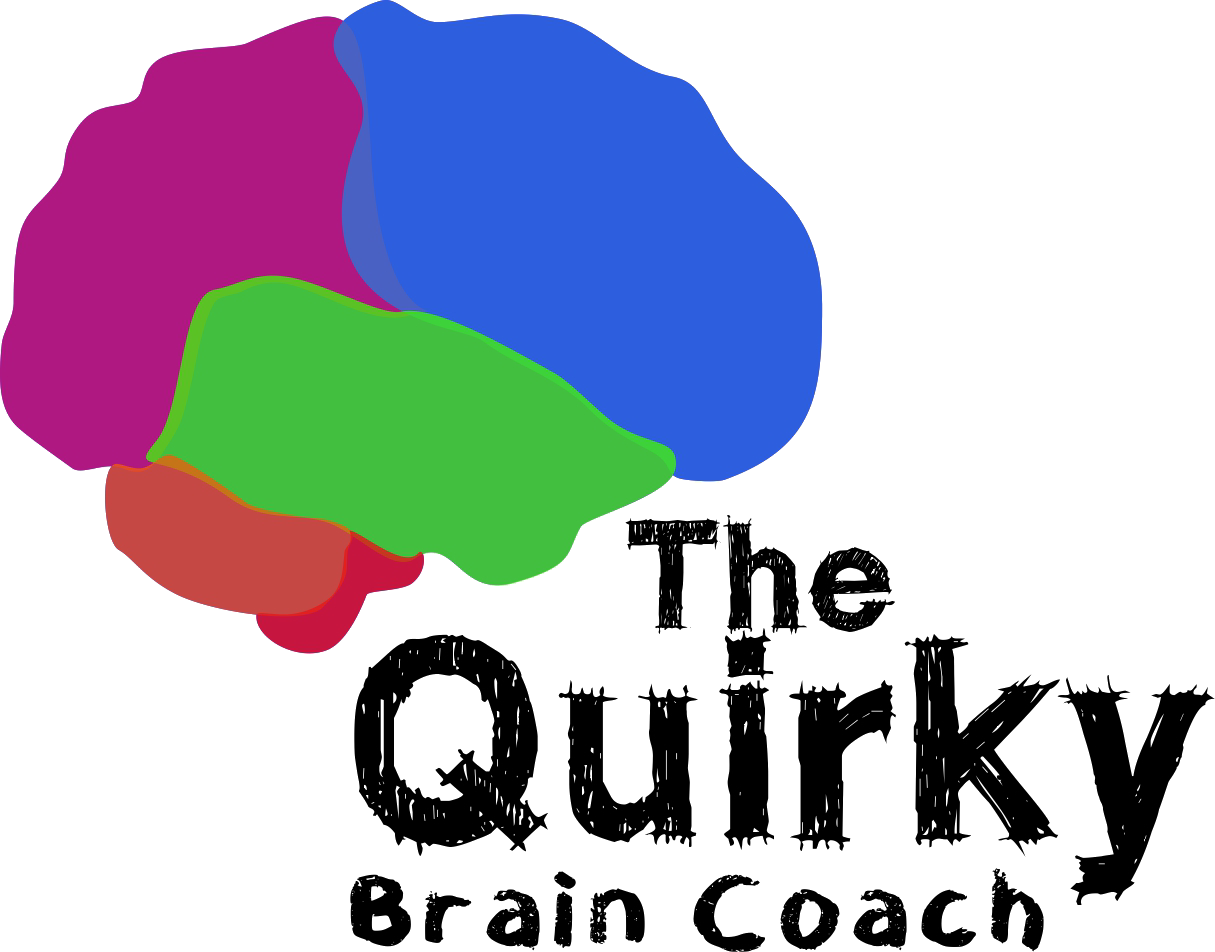Using the WOOP model to set goals you might actually get to one day…

Lately, I’ve been having lots of discussions with other neurodivergent people about if and how they set goals for themselves.
Lots of people are telling me they struggle to set goals around pieces of research, research projects, and other work-related tasks.
I know that I get really frustrated with how slow my progress seems to be with my research because I also have to work hard at this too. When I feel like that, I find it helps to understand WHY and then apply a tool to help me deal with the challenge!
Goal-setting and goal-striving are SKILLS. We are not born knowing how to explicitly set complex goals for ourselves. We have to learn that, just like how we learn other things that aren’t automatic for humans.
If you were never taught to set a goal and work towards it – nevermind whether that tool was neurodivergent-friendly – then, of course, it’s totally natural that you might founder when you desire something for yourself.
Also, part of goal-setting involves thinking about the past and the future and being aware of what you want and need…and that requires brain power. The executive functions are involved. With ADHD and autism, we often need models and other people to help us go through the thinking that others seem to do naturally.
This is why I am giving you a model that can help you to think about your goals and set a course for achieving them in a way that could just happen!
The WOOP model in this picture can be helpful for taking yourself through some reflective journalling about what you want and how to get yourself there.

WOOP stands for WISH, OUTCOME, OBSTACLE, PLAN.
Wish is about the broad desire you have for yourself. This is where you dream a bit about what you’d like to be different or better in one area of your life. IT IS NOT THE GOAL!
Outcome is where you actually create a goal. That’s a concrete and well-defined outcome that you will work towards. It usually has a time-frame behind it, and you make the goal so clear that you know whether or not you’ve done it.
That might look like “Write a 5000 word paper by writing 300 words a day for 17 days, starting at 7am each day.”
This is a bit where a lot of us ND folks can come unstuck. I’d recommend that you think about what is truly realistic, doable and accessible to you here. (And if you don’t know yet because it’s all new, talk to friends, family, a colleague or a coach to work out what you might be able to do.)
Obstacle is about working out what could get in the way and stop you achieving your goal. It’s good to consider this because if you work out that being tired would stop you in advance of starting, then you can plan to take action at times when you won’t be tired, for example.
Plan is where you actually work out how you can get to the goal. A common mistake people make is to go right from WISH to PLAN without becoming really clear on the goal and what could go wrong. Do not plan without looking at the other steps.
With planning, we’re way better generally with regular, enjoyable, doable steps that move us incremementally towards our goal. This is why things like couch to 5 k build you up slowly. Think little and often and regular when making your plan.
Anyway, WOOP is a tool that you might like or might not. The only way to see is to work with it and try it out. You can discard this model or adapt it as you see fit.
If you feel that you need help learning to use the WOOP model, then any coach would be able to use it with you to have a conversation that takes you through the steps.
Remember, goal setting is not fixed.
You can change your goals if you need. You can change your plan if you need. This is about actually trying something to see what works and what sticks, not about being perfect.
And also remember: if you do nothing, you’ll never have the outcomes you desire. But if you do something – anything, however small, towards your goal, you just might get there one day.
Never vs one day…I know which one I prefer.
If I can help you to build your confidence around setting goals for your research, projects and work goals, then ask for a consult and I’ll tell you more about how I’ll help you!
Best of luck with your goals!
Credit for WOOP model – Gabriele Oettingen. See https://woopmylife.org/ for more info.

